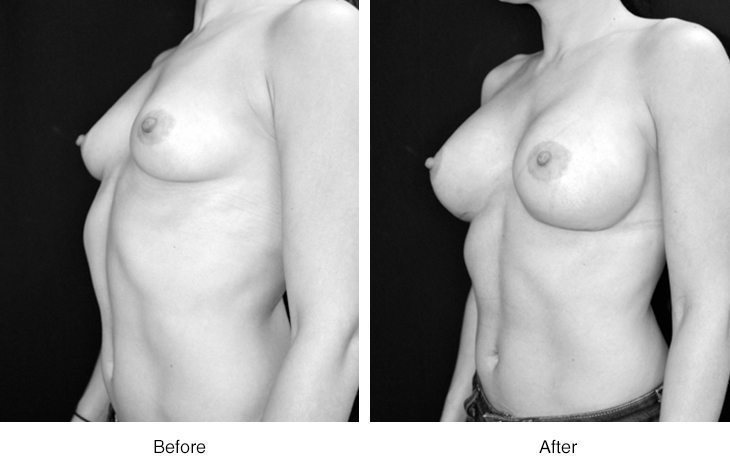There is reassuring news from New York City regarding the subject of hysterectomy. While the term refers to the removal of a woman’s uterus, hysterectomy is often done alone, without removal of ovaries. As it is the ovaries which produce the necessary female hormones, removal of the uterus will end the opportunity for childbirth, but have no influence on a woman’s mood, sexuality or femininity. Removal of the uterus may be recommended for heavy vaginal bleeding, fibroid tumors, infection, pelvic organ prolapse, or cancer. While removal of the uterus is a surgical procedure, there are several distinctive ways to accomplish his goal. The three basic ways are (1) through an abdominal incision in the lower abdomen, (2) by means of laparoscopy, which consists of making several very small incisions in the abdominal wall and the removing the disconnected uterus through an opening in the vagina, or removing it piecemeal via one of the incisions in the abdominal wall. In some centers laparoscopic hysterectomy has been replaced by the use of a robotic machine, in which the sequence of steps are identical to those with laparoscopy, while allowing somewhat better control of the instruments within the abdomen, at the cost of extra abdominal incisions and longer time under anesthesia. The last method (3) for removal of the uterus is via a natural orifice, a vaginal hysterectomy. When done by gynecologists at New York University Langone Medical Center, skilled and experienced in this technique, the time taken is the shortest, and there are no external incisions! Morbidity, complications and post-operative pain are less than with the other methods. When necessary, ovaries also may be removed via the vagina. Retaining the cervix is an option that exists for certain indications. Currently in the USA doctors are mainly learning how to remove a uterus via laparoscopy or through an abdominal incision. While a laparoscopic or robotic hysterectomy may be “less invasive” than an abdominal procedure, neither of these methods can compare to a vaginal approach. It should be kept in mind “minimally invasive” is not a medical term; it is an industrial construct. While often very helpful, the result has large economic consequences, without any appreciable benefit to the patient. More later on the role of hysterectomy for the treatment of uterine prolapse.
Robert F. Porges, MD, MPH


